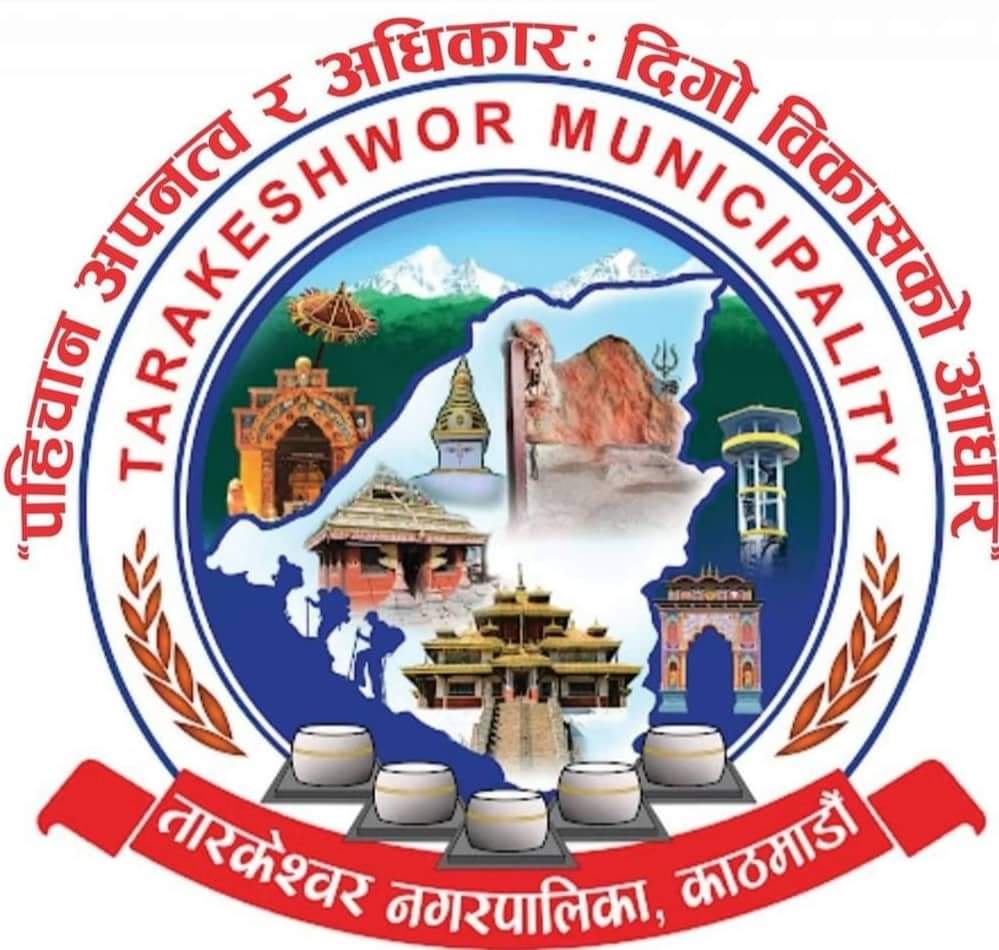Education is a powerful tool for empowerment, yet many girls and women with disabilities in Nepal remain excluded from it. Although Nepal’s constitution guarantees the right to education for all, physical, financial, and social barriers persist for students with disabilities—particularly girls.
Schools across Nepal often lack basic infrastructure like ramps, accessible toilets, or visual and auditory learning aids. In rural areas, even getting to school can be an obstacle due to inaccessible roads or lack of transportation. Teachers are rarely trained to work with students with diverse disabilities, and inclusive education remains more of an idea than a reality.
Beyond physical challenges, social stigma plays a huge role. Girls with disabilities may be teased, bullied, or neglected in classrooms. Some families don’t even send them to school, assuming they cannot learn or that education is not worthwhile for disabled girls. This leads to high dropout rates and extremely low literacy among disabled women.
Yet when given the opportunity, girls with disabilities can excel. Inclusive classrooms benefit all students, promoting empathy, creativity, and teamwork. NGOs and local disabled people’s organizations (DPOs) have shown that with the right training and support, inclusive education is not only possible—it’s powerful.
Nepal must invest in teacher training, assistive technologies, and community awareness campaigns. More importantly, the government must make education for children with disabilities a budgeted, monitored, and enforced priority. Education isn’t charity; it’s a right. And only when all children—including girls with disabilities—can access quality education, will Nepal move closer to equality and development.
